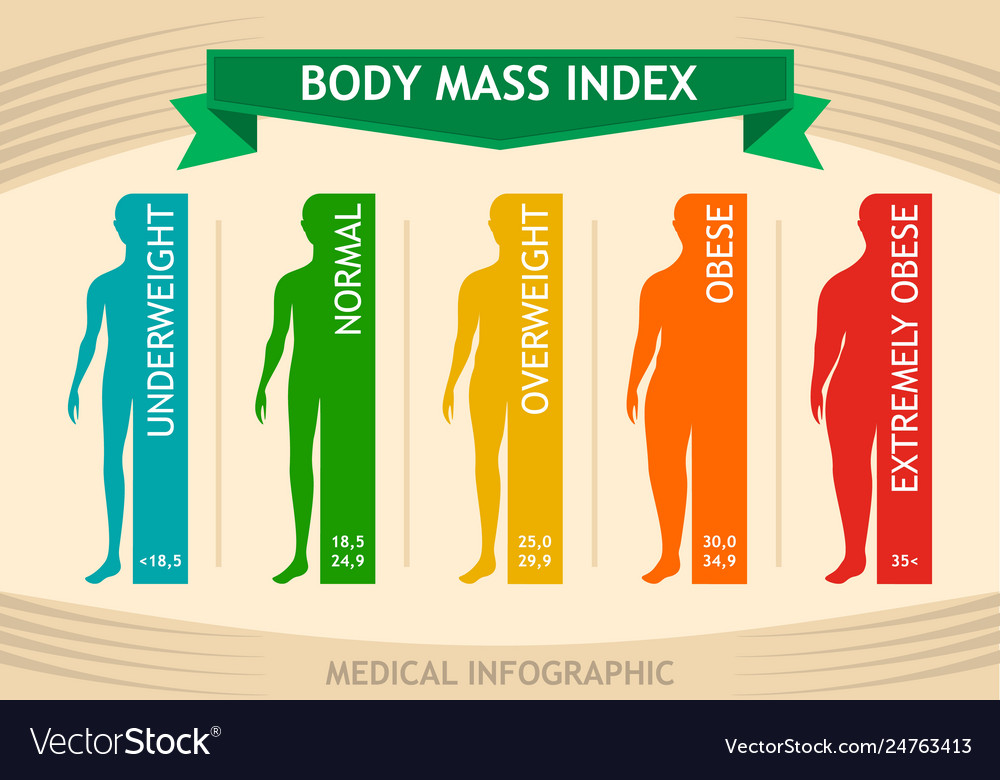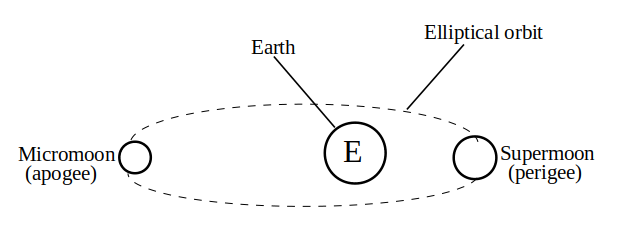History of Sinauli? Where Relics Of The Indus Valley Civilization Found
Sinauli is an archaeological site in the state of Uttar Pradesh, India, where 125 graves belonging to the Indus valley civilization were found, it is located in the Barait tahsil of Bhagpat district of the state. These tombs are dated from 2200-1800 BC. The site is famous for its bronze age solid disc wheel “chariots”, the first to be recovered from any archaeological excavation in South Aisa.
The excavations at Sinauli were conducted by the Archaeological Survey of India (ASI) between 2005-2006 and 2018. According to the ASI and later studies, the remnants found in the 2005-06 season, the Sinauli graveyard belonged to the late Harappan phase. Like the extensive Harappan cemetery at Farmana the Sinauli cemetery is expected to provide extensive additional data on late Harappan culture.
Ceramics and swords found in the coffin.
It is being told that one side of the coffin is supported by large pottery (ceramics) and the other part is adjacent to the brick wall inside the ground. Several potteries are also coming out from near the coffin and a small size copper sword has also been found. ASI officials are refusing to give any information in this regard, while local historian Dr. Amit Rai Jain is likely to belong to the royal family of Antiquities.
Coffins have met Sinauli earlier also, This is not the first time that a royal coffin has been recovered from the village of Sinauli. Even before this, royal coffins, gold jewelry, swords, etc. have been found from here. On this, Amit Rai Jain, director of Shahzad Rai Research Institute, says that this is the first time in the Indian subcontinent When royal coffins and war chariots with an embalming center have been received from Sinauli. Earlier, a simple wooden coffin was found at the burial center from Harappa, but the royal coffin from Sinauli is unique in itself. It seems to be the Mahabharata period.
Witness the golden history of Sinauli village
The chariot has been found from here in the excavation in 2004. In 2005, the skeletons of women along with jewelry were found from here. The ASI underwent excavation in 2005 in Sinauli under the direction of Dr. DV Sharma, the senior archaeologist. During this period, 177 human skeletons, gold bracelets, beaded, swords, etc. were recovered here. On February 15, 2018, excavation took place at the Sinauli site under the direction of Dr. Sanjay Manjul, director of ASI Lalkila Institute, for about three and a half months.
During this period, 8 human skeletons, three swords, and pottery of various rare stones were found here. Apart from this, three thousand coffins of ancient human warriors, equipped with copper, three chariots of warriors were also received for five thousand years.
Female skeleton found on the upper surface of the royal coffin.
The skeleton of this woman was found on the upper surface of the royal coffin on Wednesday during an excavation conducted by the Archaeological Survey of India in Sinauli. A week later on Wednesday, excavation work started again in Sinauli. During this time, everyone was surprised to see the skeleton of the woman on the royal coffin. By looking at the skeleton of the woman, it is estimated that it is associated with the Mahabharata period. Meanwhile, a large part of the coffin has been taken out, but most of it is still underground. The team of archaeologists and researchers is trying to get it out.
In fact, small pieces of clay found near the coffin and a gold sword in addition to a copper sword suggest that the woman whose skeleton was found could be a princess. At present, excavation work is still going on, it is believed that many deep secrets may be buried here. Director Dr. Sanjay Manjul said that excavation work is going on now, information will be given when the time comes.
NOTE:
Discovery Plus has come down this time due to its mystery. ‘Secrets of Sinauli’ is coming Neeraj Pandey is bringing the documentary series.













